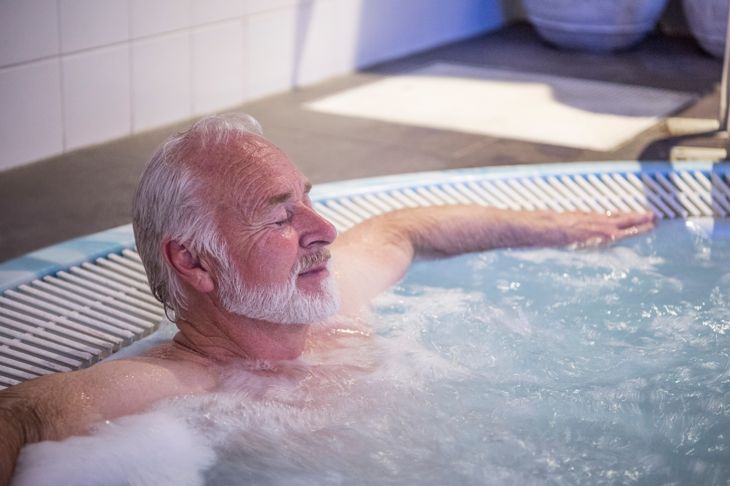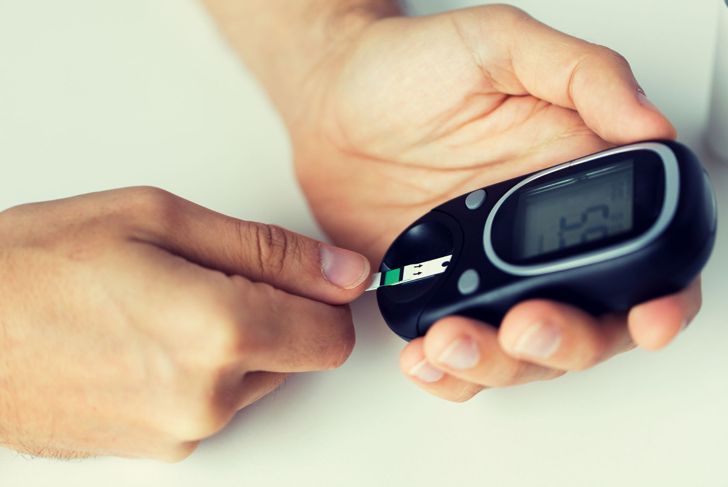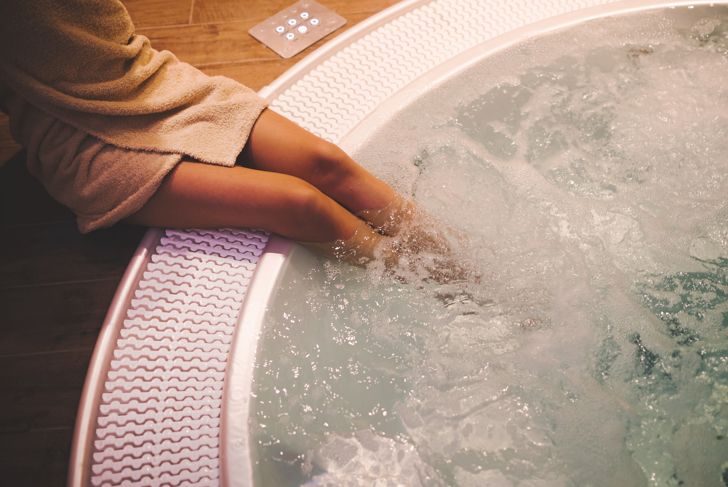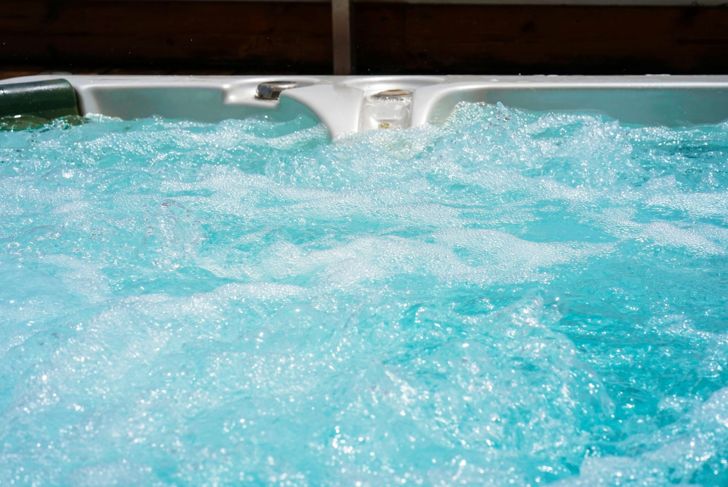Many people seek out hot tubs to relieve pain, reduce stress, or encourage relaxation. These days, options extend beyond “the one at the local pool” to at-home alternatives in a variety of materials, from wood and glass to inflatable plastic. Most require electricity or natural gas for heating the water.Therapists prescribe hot tubs for hydrotherapy during rehabilitation, but they can also be an effective tool for preventing diseases. While safe for most people, common sense and hygiene precautions are essential, especially for people with certain medical conditions.
Aerobic Benefits
Research shows that regular hot tub bathing can achieve similar health boosts as low to moderate intensity aerobic exercise, such as walking, jogging, or cycling.While hot tub use is not a substitute for exercise, it may act as a gateway therapy option for people who are unable to exercise or those with chronic diseases. The water provides heat, which subtly elevates the heart rate and increases body temperature, while also increasing blood flow.
Lowers Cardiovascular Risks
A 2020 study from the University of Washington showed that sitting in shoulder-depth hot water exposes the body to both heat and water pressure. This combination increases cardiac output and the amount of blood pumped out of the left ventricle of the heart during systolic cardiac contraction, which reduces vascular resistance and the risk for cardiovascular disease.
Benefits Type 2 Diabetes Mellitus
People who have high blood sugar for excessive periods can experience serious blood vessel damage. As far back as 1999, research studies have found that people with type 2 diabetes had lower blood glucose levels after three weeks of hot tub therapy.More recent studies also identify reductions in fasting glucose and total cholesterol levels following regular hot tub use.
Additional Health Gains
A study at the University of Oregon observed sedentary healthy adults as well as obese women with polycystic ovary syndrome. Researchers used hot tub therapy to increase the subjects’ core body temperature by 1.5 degrees C for 60 minutes, three to five times per week over eight weeks. Results showed improvements in both their artery health and blood pressure.
Pregnant Women and Hot Tubs
Hot tub use during pregnancy may affect the unborn child if the mother’s body temperature increases higher than 101 degrees F, although research is sparse.Gynecologists recommend that pregnant women keep their core body temperature below 102.2 degrees F. Studies show there may be a higher risk of neural tube defects or spontaneous abortion when there is high maternal fever, especially in early pregnancy. . The increased water temperatures in hot tubs raise core body temperature.
Effects on Hypotension
People with blood pressure on the low side, especially those 70 or older, should practice caution when immersing themselves in a hot tub. The water temperature may cause blood pressure to dip even lower.Feeling dizzy or lightheaded are signs that this has occurred. Physicians recommend getting into and out of the water slowly so that the body can acclimate itself gradually.
Hot Tub Lung
Contaminants from perspiration, oils, and lotions increase a person’s exposure to bacteria in whirlpools, swimming pools, saunas, and hot tubs, which can result in hot tub lung. This condition is not an infection. It is the body’s reaction to the bacteria and a form of hypersensitivity pneumonitis that can lead to pulmonary disease.Symptoms of hot tub lung include coughing and shortness of breath after exposure. The condition can improve once exposure ends or through corticosteroid medical treatment.
Dehydration and Blood Pressure Drops
Soaking in a hot tub leads to continuous perspiration, which can cause dehydration, with symptoms like dizziness, headache, and fatigue.Additionally, when a person changes their posture from sitting in the hot tub to standing, they can experience a decrease in blood flow to the brain along with a major drop in blood pressure. This may result in a loss of balance and increase the risk of fainting. Staying hydrated, not staying in too long, and standing up slowly are essential for safe hot tubbing.
When To Avoid Hot Tubs
People with certain conditions should avoid hot tubs. Urinary tract infections and bacterial vaginosis symptoms can worsen in a hot tub. Additionally, cuts, rashes, or open sores are more likely to become infected after exposure to the hot water in whirlpools or hot tubs.People with heart disease should check with their physician before soaking in a hot tub. Some may experience adverse effects on blood pressure and heart rates.
Safe Water Temperature
Hot tub water temperatures should never exceed 104 degrees F, and experts recommend limiting soaking sessions to 15 minutes or less. Always test the water temperature before entering.Younger children and older adults have thinner skin and are at higher risk of serious water burns.

 Home
Home Health
Health Diet & Nutrition
Diet & Nutrition Living Well
Living Well More
More




















